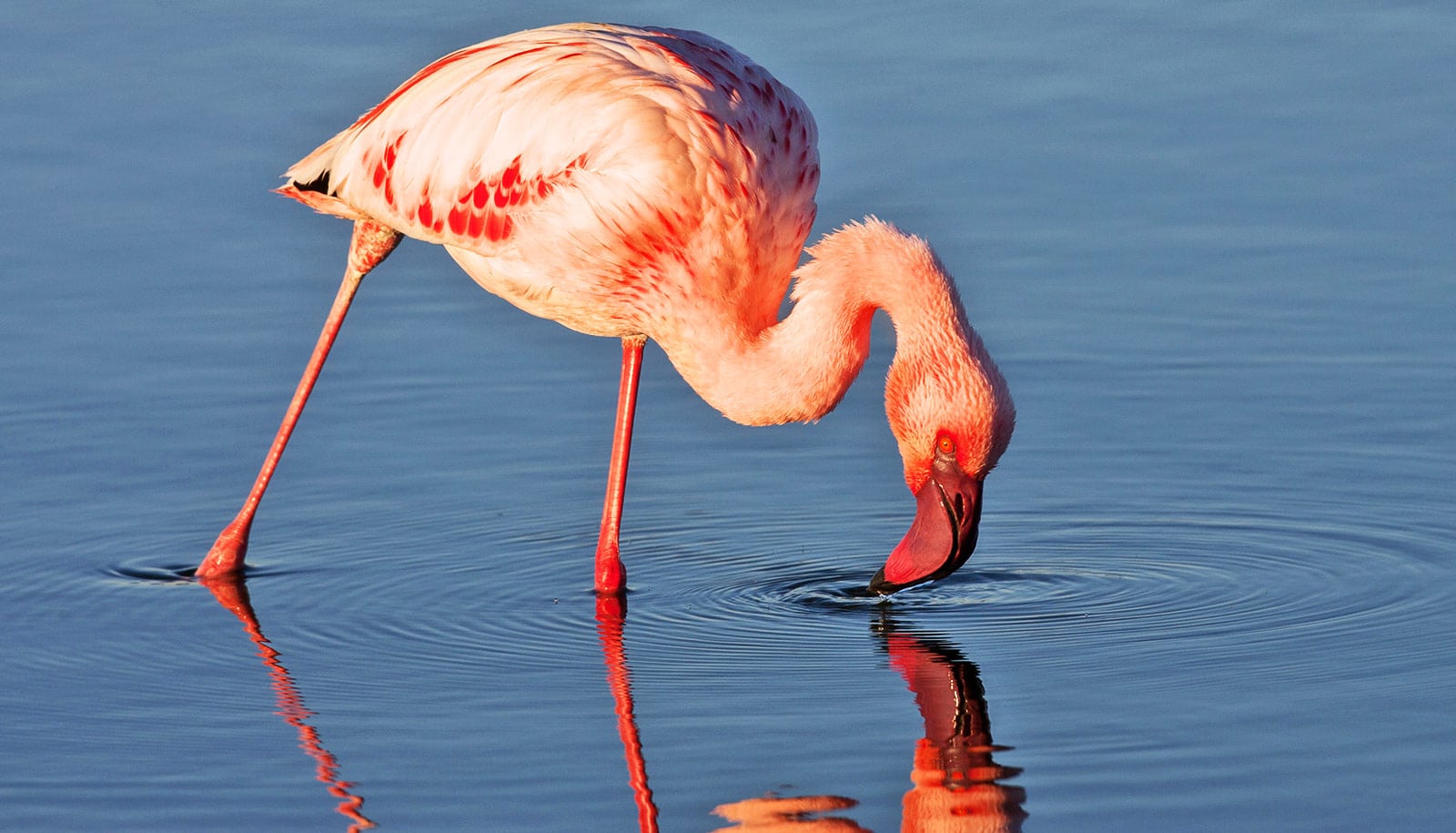The shape, size, and swimming speed of sperm all depend on one supergene, according to new research with zebra finches.
The relationship between sperm shape, its ability to move, and its success or failure at fertilization is not completely understood.
Previous studies have shown that sperm shape and speed are inherited—fathers with long, fast sperm have sons with long, fast sperm. The question has been: Which genes are responsible for sperm characteristics being passed from one generation to the next?
A supergene is a number of genes that are next to each other on a chromosome and inherited together as one unit. The importance of supergenes was first proposed in the 1930s, but there was little evidence of them until recently.
2 traits turn bird sperm into ‘super swimmers’
“Like humans, birds have sex chromosomes; males have two Z chromosomes and females have a Z and a W,” says Jon Slate, animal and plant sciences professor at the University of Sheffield.
“The zebra finch supergene that affects sperm is on the Z chromosome and has arisen because parts of the Z chromosome have been flipped around. Three different orientations of the Z chromosome (named A, B, and C) now exist and they have been evolving independently of one another for thousands, possibly millions, of years.
“Because males have two copies of the Z chromosome, they can either have two identical (e.g. AA) or two different (e.g. AB) copies of the supergene. The males with two different versions of the supergene have the best sperm with long midpieces, long tails, fast swimming speed, and a higher fertilization success in sperm competition experiments. Geneticists call this phenomenon heterozygote advantage.”
Scientists believe that a better understanding of how the shape of sperm and size influences fertilization success in non-human animals such as the zebra finch could eventually lead to new directions for investigating fertility in people.
The findings appear in Nature Ecology.
Source: University of Sheffield



